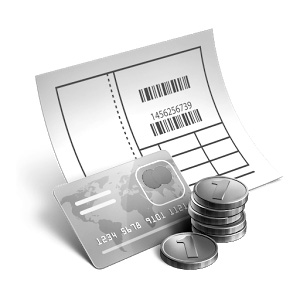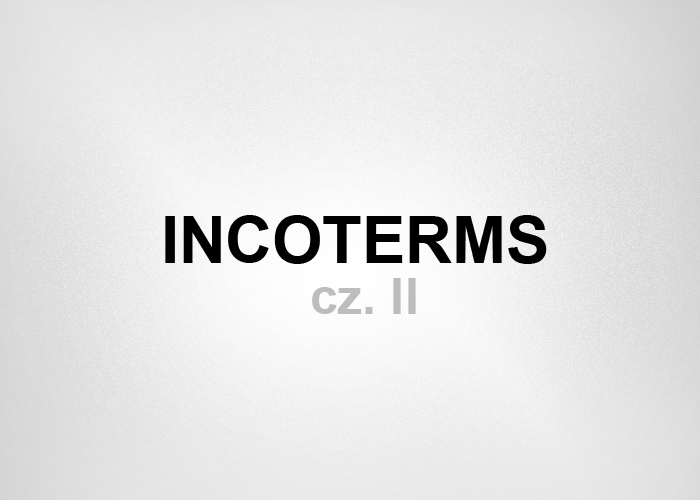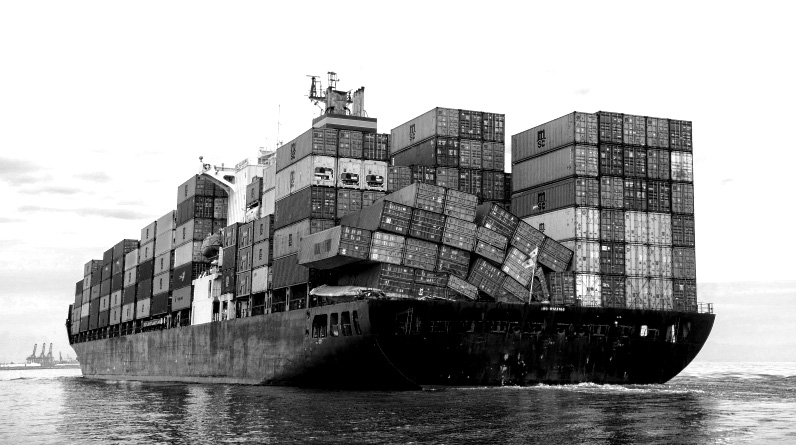Commercial and transportation documents – a commercial invoice
In the previous statements, I mentioned a subject of delivery terms and their practical application. Today I would like to focus on a so called perfect commercial documents, and further transport ones and others. I guarantee that taking into account this and the next you can be nearly sure that your goods will be safely and possibly problem-free marketed within the UE. At the same time, I DO NOT state that when your documents are not perfect you will not manage to make a customs clearance and place on the market, although it may be made at the cost of your health, time, and many times money.
We have already get to know our supplier, we have bought goods and a supplier should deliver commercial documents to us. Let us start our considerations from a commercial invoice.
As a commercial document it should comprise the following elements:
– An invoice number and a date of issuing it,
– Data on a consignor,
– Data on a consignee,
– A number of an order/a contract
– The terms of delivery (according to Incoterms),
– A description of a transaction subject – the more detailed, the better,
– A quantity of goods,
– A unit price,
– A total item value,
– A currency of payment (not $, but USD or CAD),
– The terms of payment,
– A code of a customs tariff,
– A description of a country of origin.
It is a significant difference one can find a notation “auto parts” or for example “auto parts for gear box, bearings, sprockets”. On the basis of the second a customs broker who prepares an application is able to position precisely goods in the customs tariff what means that a customs clearance will be problem-free. On the basis of the first notation he will only have a general idea where he can look for a customs code in the tariff.
A commercial invoice for the local Customs Branches should have translation to a language which is understood by customs officers. I do not try to say that they do not understand English! However, I know form my experience that without a translation a customs clearance will not be problem-free.
I do not probably to add that an entire invoice should be translated, that is all fields in the original document should have their equivalent in a translation, and additionally a translation of an invoice should be signed by a person who has translated it, giving a name and a surname and a number of the identity document.
An invoice translation must correspond to a reality. A customs agent making a customs declaration uses a basis DOCUMENTATION and acts to the benefit of an entity on behalf of he acts, and for any liability for inaccuracies which would appear, e.g. a customs inspection. And such as you probably know, take place.
So, I sensitise all importers – try to have commercial documents in as high quality as it is possible! It will allow you to avoid a lot of “annoyance” during a customs clearance, and for sure, enables to save time and health.
And with this optimistic accent I conclude my today’s statement, and tomorrow I invite you to learn a PERFECT content of a packaging list.




